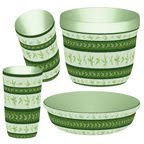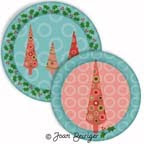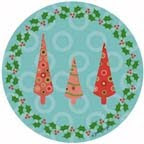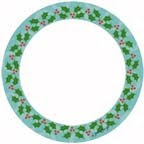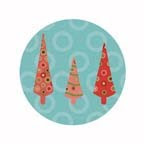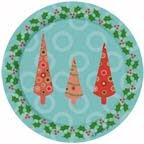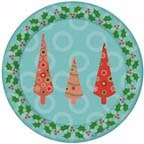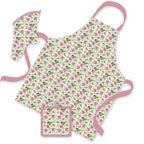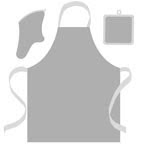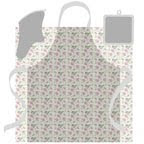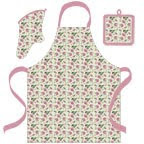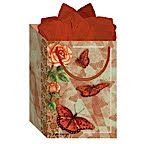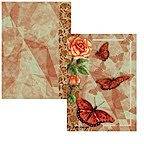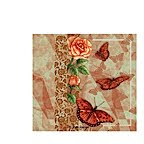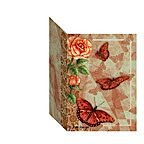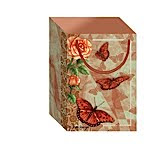
Periodically artists ask if style guides are necessary, what do they look like, and how much do they cost. Read the following comments by art licensing coach Jeanette Smith of J'net Smith, Inc. about style guides that are paraphrased from her September "Ask J'net Free Friday - Q&A" teleseminar.
"When I worked on licensing Dilbert in the early 1990s, style guides cost from $20, 000 to $70, 000. Style Guides can be huge projects with big budget price tags for big properties. These large properties create style guides for those manufactuers that really want the property and expected the property creator to design the products. The style guides are created so that the style of the property is preserved.
Style guides provide all kinds of information and instructions to protect the integrity of the property. They usually include the fronts, backs, sides of characters, precise colors, size and proportion guidelines, type fonts, character descriptions, frequent sayings, and suggested layouts for products and retail displays, as well as suggesting patterns, icons and other elements for coordinating lines of products.
When artists are just starting out they probably won’t need a style guide. Usually a portfolio of art with mock-ups is all that is necessary. If the artist isn't well known then manufacturers won't expect a style guide. However, if you think that you do need a style guide, than I suggest that you figure out exactly why, what the purpose it is going to serve, and what needs to be in it. You may be able to get along with a small one that costs less or that you can create yourself. Most artists can go a long time without a style guide. They just need to keep building their portfolio and creating strong presentations for manufacturers."
For those artists that are further along on their path to building a brand and/or doing character licensing, consistent looks and colors from product to product is a must. In this case, style guides are important to make sure that they are preserved. Check out the following sites for more information and examples of what style guides look like.
1. See style guides for CD Comics. They show the poses of characters, the colors to be used, and the logo.
2. Artistic Solutions and Productions creates style guides for their clients. Their site has a description of what is in a style guide, their uses, and many examples.
3. Style guides are also used when many people are involved in large projects such as in video games. See an example of the elaborate style guide used for the video game Vega Strike.












